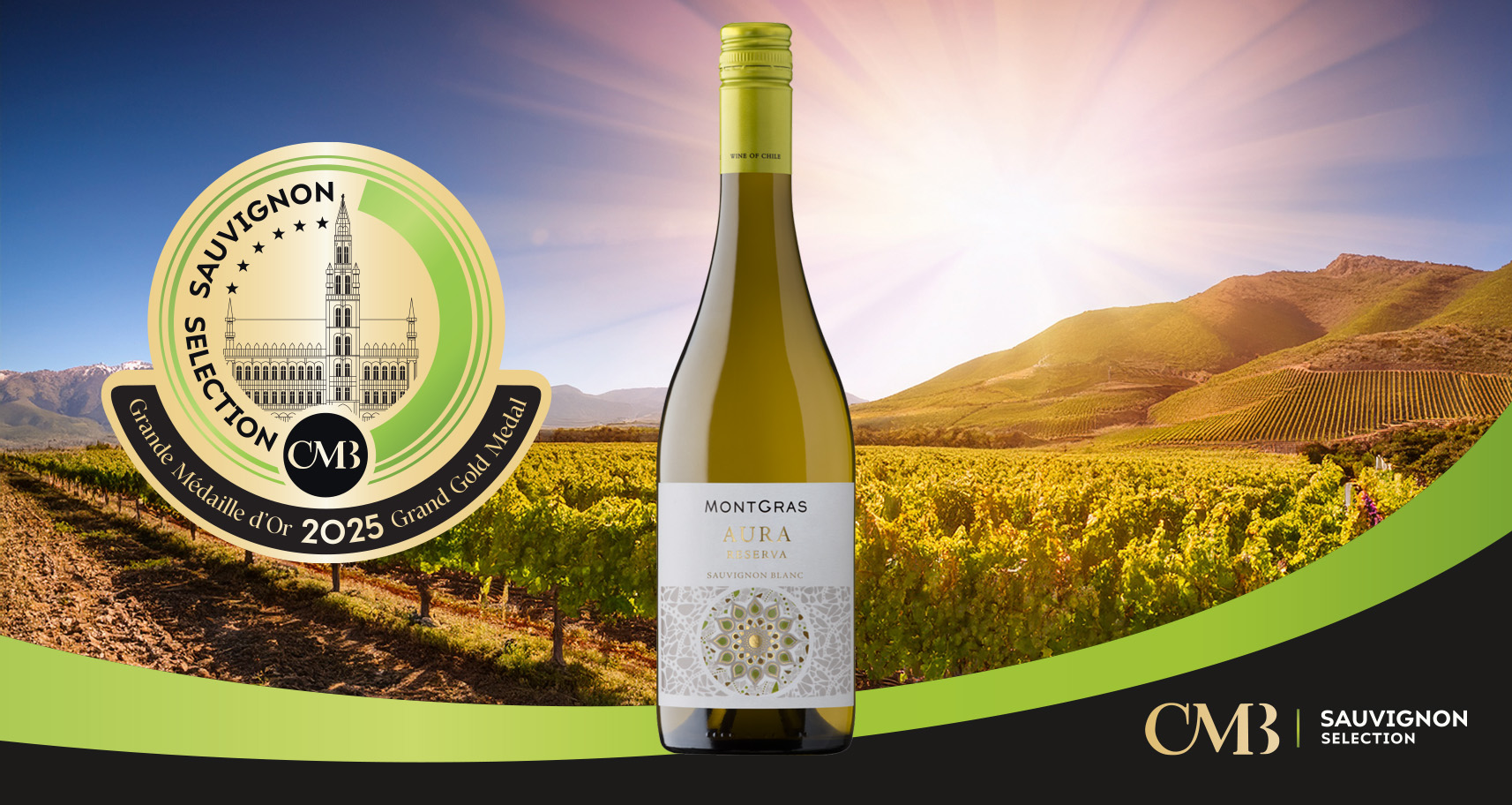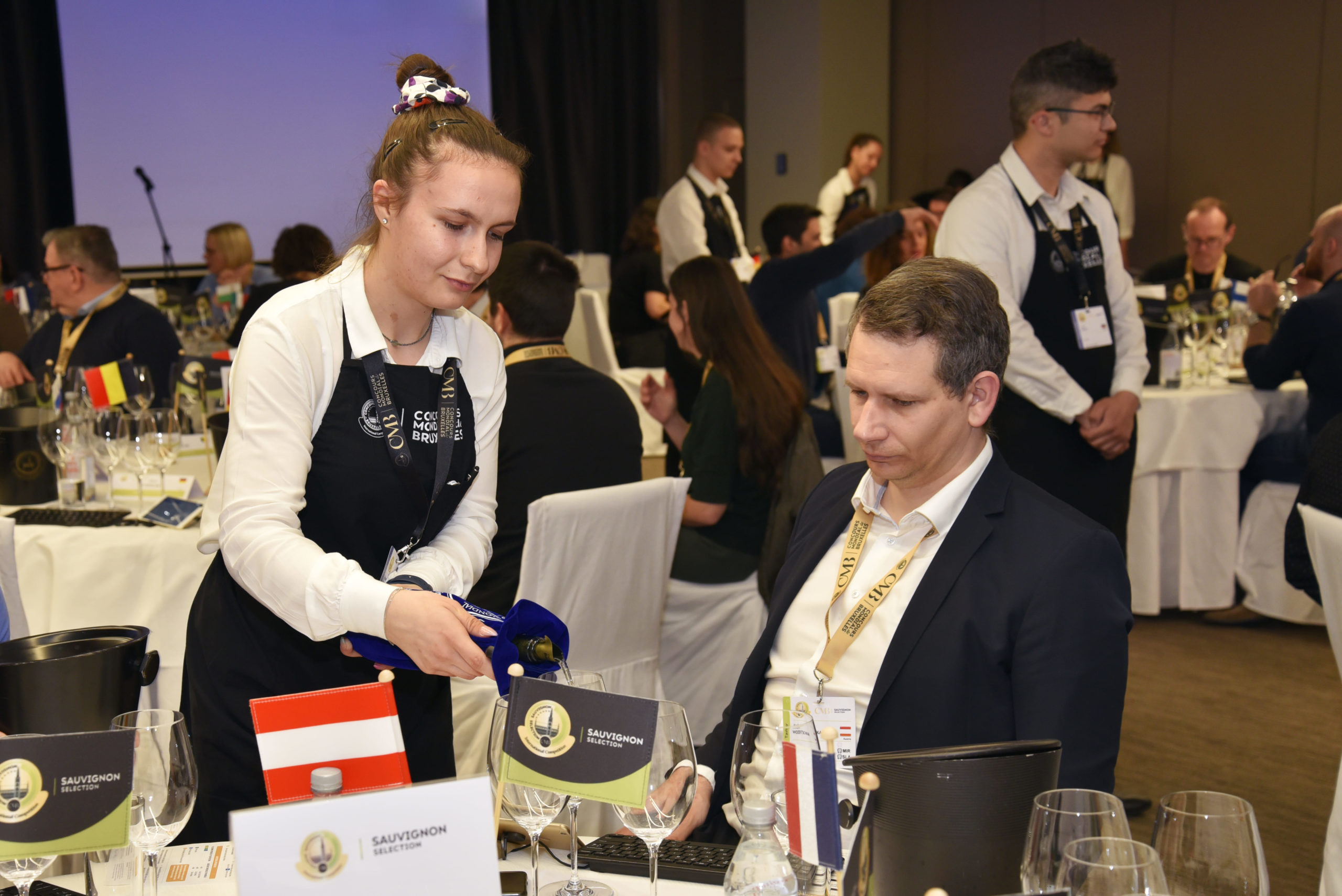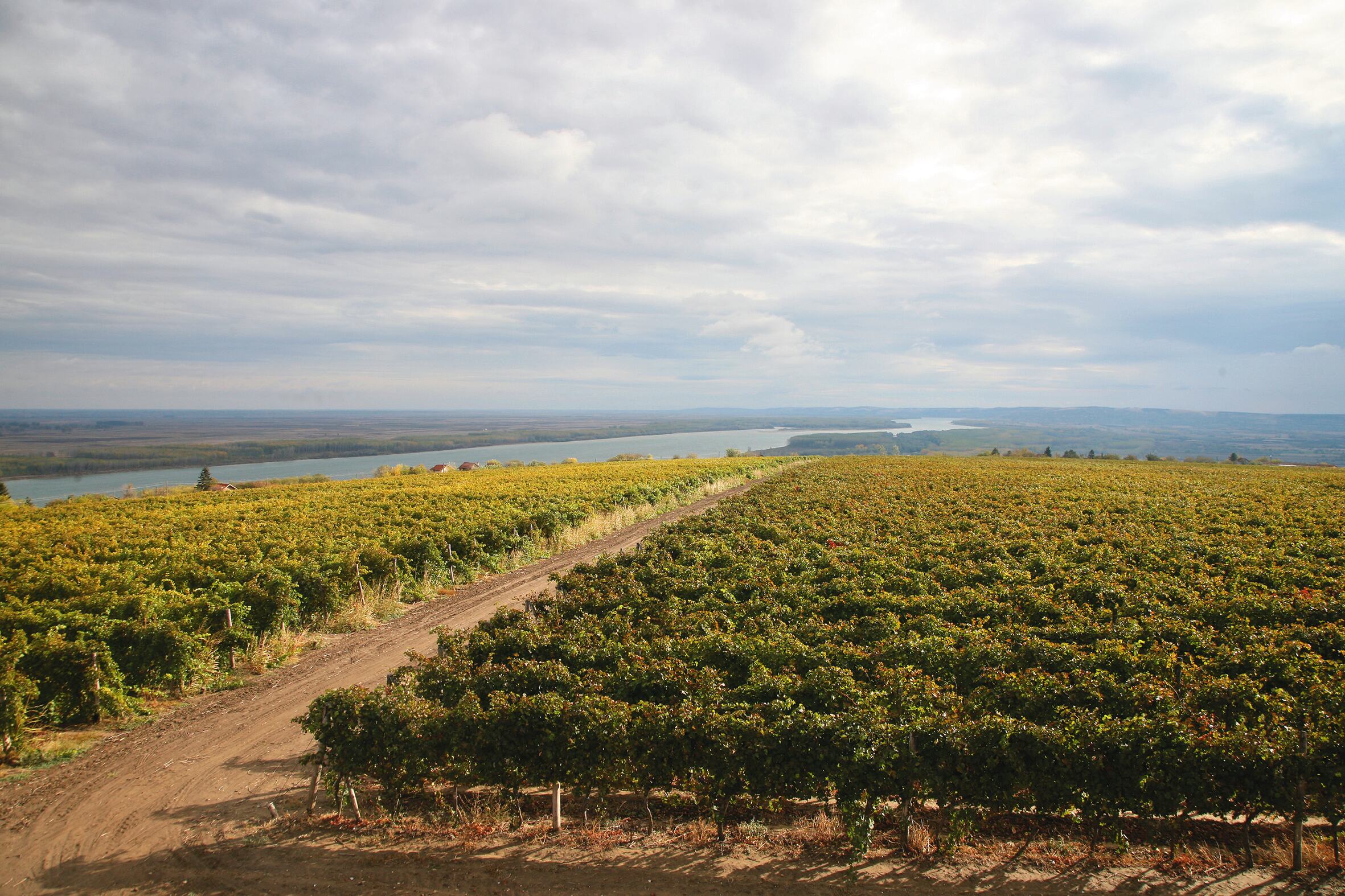Stylistic diversity in South African Sauvignon Blanc
Competitions do not just offer producers an opportunity to benchmark or to secure a powerful marketing tool in the event of winning a medal. They also throw up some major trends within the wine industry. Dr Carien Coetzee explains how the FNB Sauvignon Blanc Top 10 competition reveals the direction South African Sauvignon Blanc is taking in terms of aromatic profile.
Sauvignon Blanc is South Africa’s largest white wine category where it is perfectly at home, with some serious wines emerging from just about everywhere in the Cape winelands. About 10% of all plantings in the country are under Sauvignon Blanc vines and although it is produced in all the wine growing regions, the majority of the production is in Stellenbosch. The variety is truly a South African favourite with 43% of all white cultivar wine sold locally being Sauvignon Blanc while it also dominates packaged exports, surpassing its fellow white and red grape varieties.
![]()
The variety is truly a South African favourite
![]()
An organization dedicated to promoting and showcasing South African Sauvignon Blanc was established in the early 2000’s. This industry-run association (Sauvignon Blanc South Africa), whose principle mission it is to support the local wine industry, also hosts the annual FNB Sauvignon Blanc Top 10 competition to reward innovation and excellence and to acknowledge those making quality wines of true distinction.
Each year the top ten wines are analysed in detail (sensory and chemical) and the information is shared during technical seminars and workshops as part of the association’s networking and knowledge exchange. An in-depth profile of each of the award-winning wines is presented to give producers an overview of the prospering styles and to encourage discussion regarding viticultural and winemaking techniques and trends.
For the sensory evaluation, 30 tasters are tasked to profile the wines by selecting three to four prominent aromatic attributes from a list of descriptors provided. The data is analysed, and the frequency of each descriptor is used to create a “word cloud” which is a simplified representation showing the words most used, in a larger font (indicating the prominent attributes). This visual representation serves to quickly and easily see the wine style and the aromatic drivers of each individual wine.
Major categories of aroma
The 2018 Top 10 selection showed the unique diversity of South African terroir and stylistic variations exhibiting the recognisable sense of place. According to the word clouds generated during the sensory analyses, the top ten wines can be oversimplified (perhaps unfairly) into the following categories:
- Tropical fruit driven
- Tropical fruit driven with prominent minerality
- Underlying oak notes supporting complex fruit aromatics
- Balanced aromatics of tropical fruit and green nuances
- Green attributes elegantly defining the aromatics
The wines were all exceptionally well-made from grapes originating all over the Western Cape including Durbanville, Elgin, Elim, Stellenbosch, Darling, Doring Bay, Lutzville, Ceres and Philadelphia. Durbanville did particularly well with half of the wines fully or partially originating from the region which is considered to be home to some of South Africa’s best Sauvignon Blanc sites.
![]()
Durbanville did particularly well with half of the wines fully or partially originating from the region which is considered to be home to some of South Africa’s best Sauvignon Blanc sites.
![]()
Three of the wines had partial oak contact, although the use of wood was done sparingly. The Nitida Wild Child 2017 was fermented naturally in oak barrels resulting in extraordinary complexity, whereafter a component fermented in stainless steel tanks was blended-in to add freshness. The word cloud for this wine shows a wide range of attributes with many descriptors used by the panel indicating the complexity of the crafted wine.
 Diemersdal vineyards, Durbanville
Diemersdal vineyards, Durbanville
Innovative winemaking techniques
A quest for optimum tropical fruit expression lead Diemersdal Winery to adopt an innovating winemaking technique to produce their “Winter Ferment”, securing a place in the top ten as well as being awarded a gold medal at Concours Mondial du Sauvignon 2019. The unique wine was made by freezing the grape must to -20°C soon after harvest. The frozen must was thawed during the South African winter, inoculated and allowed to ferment as per normal. The result is above-average thiol (3MH and 3MHA, both compounds responsible for “guava”, “passion fruit”, “grapefruit” etc.) levels leading to a textured wine of superior tropical character. The mechanism responsible for the elevated thiol concentration in this wine is still not fully elucidated, however certain scientific publications reported high thiol production with similar winemaking techniques.
![]()
A quest for optimum tropical fruit expression lead Diemersdal Winery to adopt an innovating winemaking technique to produce their “Winter Ferment”
![]()
Two of the wines (Tokara Reserve Collection Elgin 2018 and D’Aria The Songbird 2017) contained particularly high levels of 4MMP, a volatile thiol compound responsible for “blackcurrant” and “box tree” aroma. The very prominent “blackcurrant” aroma in the Tokara Reserve Collection 2018 from cool climate Elgin is an attractive trait which repeatedly secures a position in the top ten line-up with three awards in the past four years.
A combination of green nuances and fruit aromas
Site evaluation, meticulous vineyard maintenance and carefully considered picking dates ensured superior fruit concentration with moderately high methoxypyrazine (the compound responsible for “green pepper” and “grassy” aroma) concentrations in the De Grendel Koetshuis 2017 and Kleine Zalze Vineyard Selection 2017. A weekly bâtonnage as well as a small portion fermented in oak softened the firm acidity and added depth and complexity to an already bold Koetshuis, while reductive handling and the use of a high thiol forming commercial yeast resulted in generously layered aromatics of fruit and green nuances in the Vineyard Selection who also snatched a gold at Concours Mondial du Sauvignon 2019.
![]()
A whole spectrum of Sauvignon Blanc aromatics in one glass
![]()
The grapes for the Fryer’s Cove Doringbay 2017 were grown on the West Coast, about 300 km from Cape Town. The cooling effect of the cold Atlantic Ocean and the early morning mist during ripening lends its unique sense of place to the wine with a diverse combination of attributes. The wine was described as being well balanced and complex. Prominent attributes include “green pepper”, “blackcurrant”, “guava” and “mineral”, a whole spectrum of Sauvignon Blanc aromatics in one glass.The wine was vinified in an old fish factory at the sea front and the producers even use this proximity to their advantage by running the cold water through the cellar’s steel pipes, cooling the wine to the desired temperature.
The remaining three wines on the FNB Top 10 are Rustenberg Stellenbosch Sauvignon Blanc 2018, Bellingham Homestead Sauvignon Blanc 2018 and the Flagstone Free Run Sauvignon Blanc 2017, all thoughtfully made with an elegant result.
![]()
The South African producers certainly did not allow themselves to be constrained into definitive stylistic parameters or geographical boundaries
![]()
The South African producers certainly did not allow themselves to be constrained into definitive stylistic parameters or geographical boundaries which proves their commitment to playing a part in the international Sauvignon Blanc offering of quality premium wines with a definite sense of place.
Acknowledgements: The author would like to thank the following institutions for their contribution in the sensory and chemical analysis of the wines: Institute of Grape and Wine Science, Department of Viticulture and Oenology, Stellenbosch University, Vinlab.


